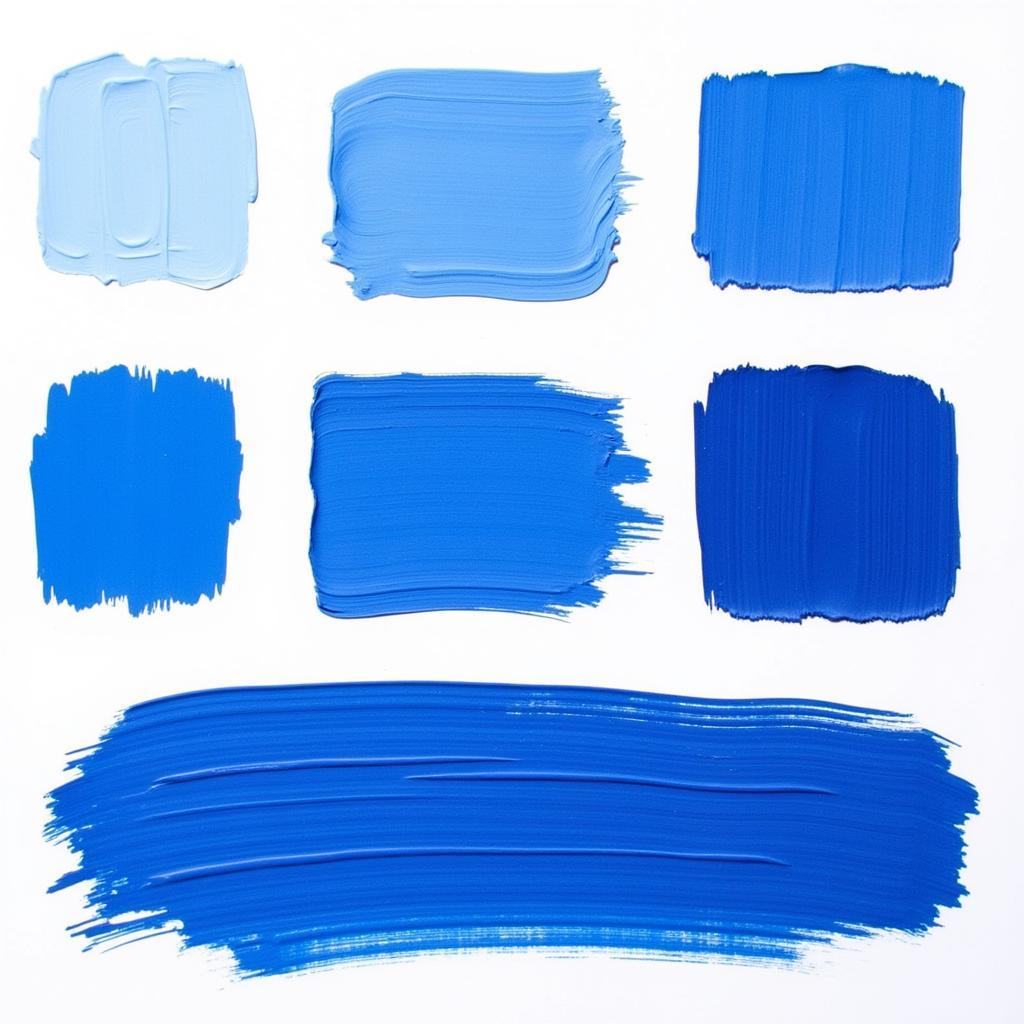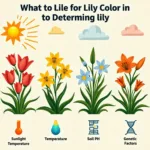Royal blue, a rich and vibrant color often associated with royalty and luxury, has captivated artists and designers for centuries. But how do you make this majestic hue? Understanding the process of creating royal blue opens up a world of possibilities for your creative endeavors, whether you’re painting, designing, or simply curious about color.
Decoding Royal Blue: More Than Just Blue
Royal blue is a deep, vivid shade of blue that sits between blue and violet on the color wheel. Its distinctive richness comes from its specific composition. Unlike primary blue, royal blue has a subtle reddish-purple undertone, which gives it its regal character. What colors create purple, you might ask? It’s a fascinating blend of red and blue, and that same principle applies to creating the undertones of royal blue.
Mixing Royal Blue with Paints
The most common way to achieve royal blue is by mixing paints. Starting with a primary blue, such as ultramarine or phthalocyanine blue, gradually add small amounts of a reddish-purple, like magenta or dioxazine purple. The key is to add the purple slowly and mix thoroughly until you achieve the desired depth and vibrancy. A touch of white can be added to lighten the shade, while black can be used to darken it. Remember, it’s a delicate balancing act.  Royal Blue Paint Variations
Royal Blue Paint Variations
What color tie with navy blue suit, if you’re aiming for a royal touch? A royal blue tie can create a striking and sophisticated look when paired with a navy suit, adding a touch of vibrant elegance.
Digital Royal Blue: Hex Codes and RGB Values
In the digital world, royal blue is defined by specific hex codes and RGB (Red, Green, Blue) values. The most common hex code for royal blue is #4169E1. This code represents the precise combination of red, green, and blue light needed to display the color on a screen. The corresponding RGB value is typically (65, 105, 225). Understanding these values is essential for web designers, graphic artists, and anyone working with digital color.
Royal Blue Through the Ages: History and Significance
Royal blue has a rich history, dating back to the 18th century. Legend has it that a dressmaker created the color specifically for Queen Charlotte, wife of King George III. The shade quickly gained popularity and became associated with royalty and nobility. It’s frequently used in heraldry, flags, and other symbolic representations of power and prestige.
Modern Applications of Royal Blue
Today, royal blue remains a popular choice in fashion, interior design, and branding. Its versatility allows it to be used in a variety of settings, from elegant evening wear to corporate logos. What food coloring makes purple, and can it be used to create a royal blue effect? While food coloring might be used to create purple, it’s not ideal for replicating the complex pigment of true royal blue.
Conclusion: Mastering the Art of Royal Blue
Creating the perfect royal blue involves understanding the interplay of colors, whether you’re working with physical paints or digital codes. By carefully balancing blue with hints of red and purple, you can achieve this captivating shade and add a touch of regal elegance to your creative projects. How do you make the color royal blue truly your own? Experiment, explore, and let your imagination be your guide.
FAQ
- What is the difference between royal blue and navy blue?
- Can I mix royal blue using watercolors?
- What are some complementary colors for royal blue?
- How can I use royal blue in my home decor?
- What is the significance of royal blue in different cultures?
- What colors do irises come in, and do they include a royal blue variant?
- What color goes with cobalt blue, another rich and vibrant shade of blue?
If you need assistance, please contact us at Phone Number: 0373298888, Email: [email protected] or visit our address: 86 Cầu Giấy, Hà Nội. We have a 24/7 customer service team.

